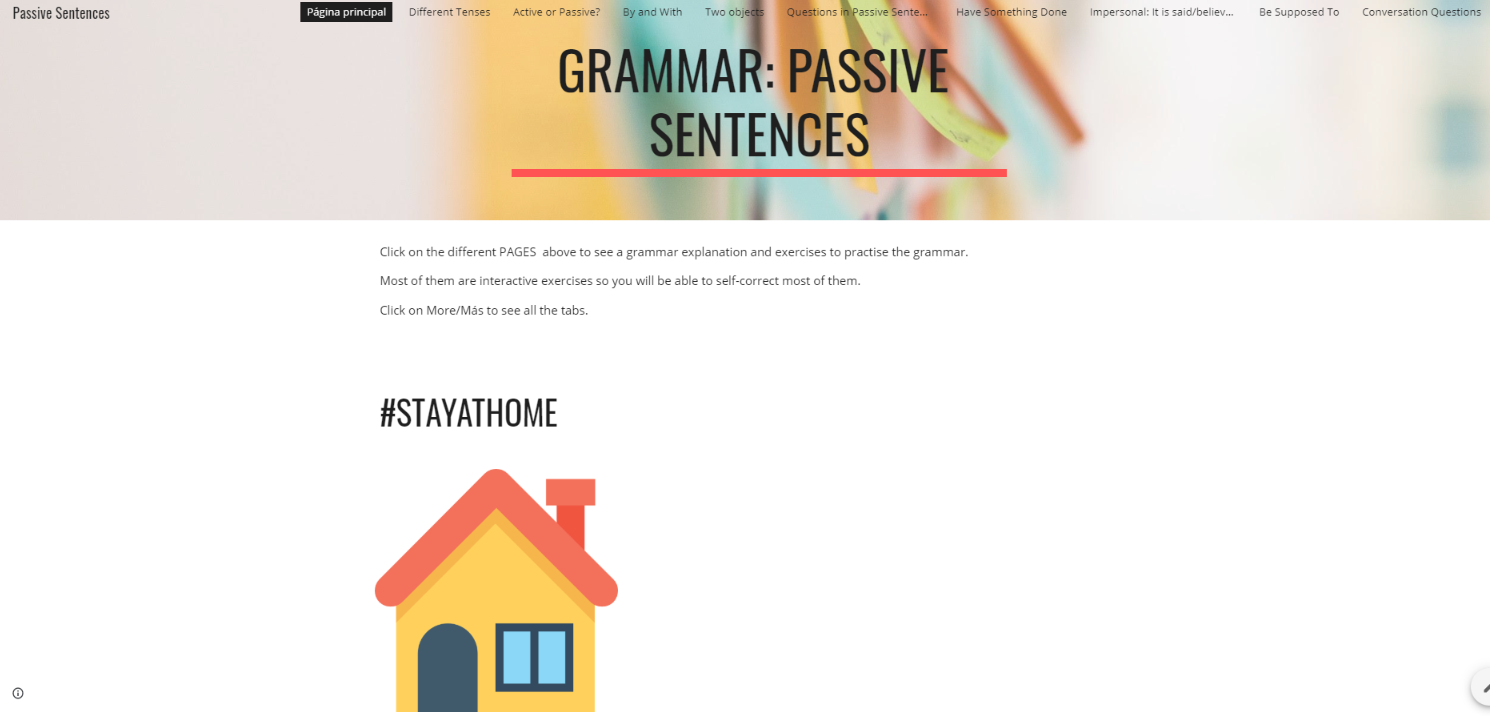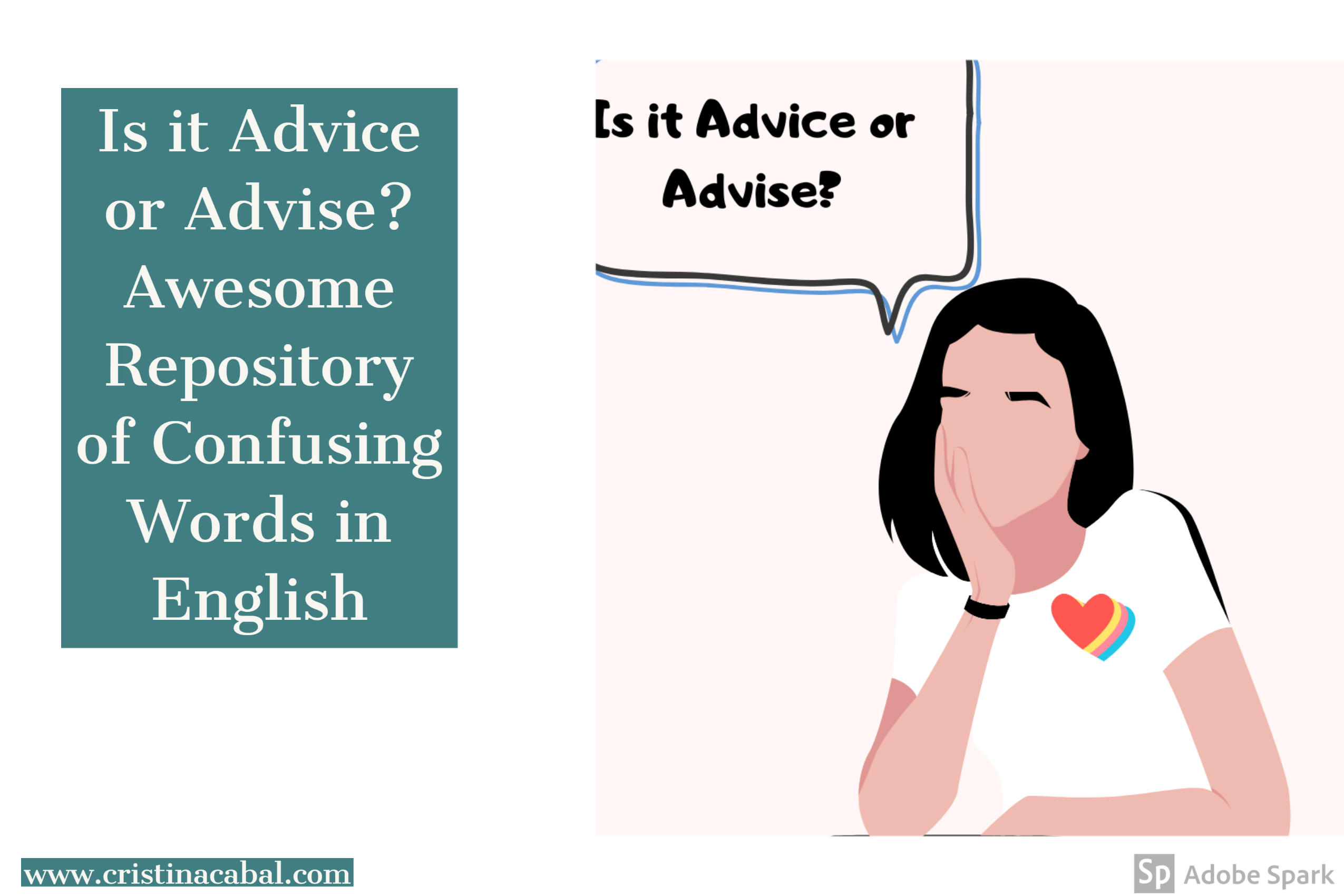And here we are. Trying to make the shift to online teaching as smoothly as possible. For most of us, it is uncharted territory. Lack of information as to how we need to assess our students does not help either. We are on a roller coaster of emotions and sometimes we feel stuck, restless and unsure about what to do to help our students.
But, we need to stay at home. This much is clear. For how long? Quite uncertain. What is certain is that remaining at home is an unprecedented act of love to take care of each other and that we need to stay safe to keep our loved ones safe.

How can we assess our students’ speaking skills?
Meanwhile, the question of how to assess our students remains unanswered. In this post, I am going to share with you 3 easy ways to assess your students’ speaking skills. The tutorials are in Spanish but I have added notes in English to help you understand the steps you need to follow. Most of the times, the notes are unnecessary as everything in the app is in English.
1. The Easiest One: Audio Recording with Vocaroo
Why do I like it?
- Students don’t have to register.
- They just need to click a button and start recording.
- They can upload their own recording and then share the link with their teacher.
- They get a link for their recording and share it with their teacher. So, no need to upload or download their recording unless they want to.
2. As if you were in class: Videoconferencing with 8x8.vc
Why do I like it?
- Neither the teacher nor the students have to register.
- You can create your own room with a click and then share with your student the link for the room, which is always 8×8.vc/ (nameofyourroom)
- It is a videoconference platform so the interaction is automatic as if you were in class.
3. The Whole Package: Video Recordings with Flipgrid
This is a more complex tool but it allows students not only to record themselves from their homes and then share the video clip in a secure platform but also interact with their classmates or teachers. Not in real time, though
Why do I like it?
- It is very reliable and safe for the students
- It is completely free.
- Students can record up to 10 minutes
- They can upload their own video clip or record their own computer screen
- Teachers can send written or video feedback within the app straight to the students’ email.
- Teachers can develop their own rubric.
- Teachers are 100% in control of the videos
- Teachers can even share the recording with the student’s parents.
(NOTE: you might want to watch the original webinar here)






